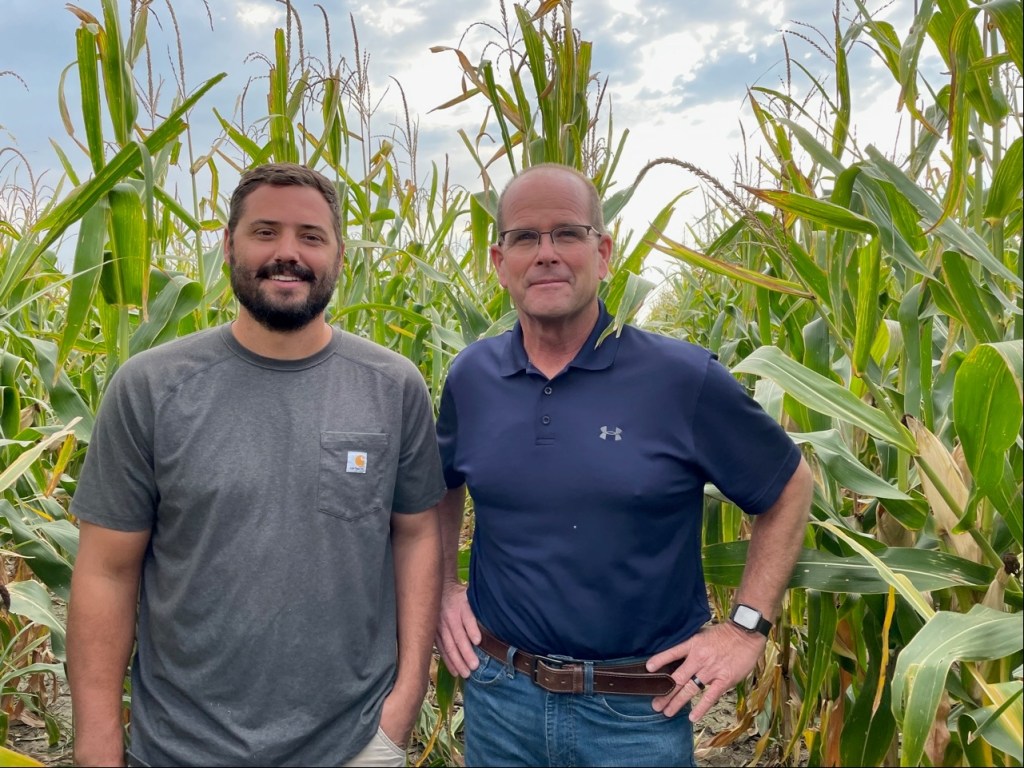Rachael Granberry
University of Minnesota
Anti-Gravity Suits (AGS) are garments used in astronautics to prevent crew from experiencing orthostatic intolerance (OI) and consequential blackouts while performing takeoff, reentry, and landing tasks. The literature sites 83% of astronauts who return from long duration missions lasting longer than one month experience cardiovascular deconditioning while in microgravity conditions; therefore, cardiovascular health will become increasingly important to advance missions outside of low earth orbit (LEO) (e.g. The Journey to Mars). Pressure suits, specifically AGS, are critical to preventing orthostatic intolerance (OI) while performing takeoff, reentry, and landing tasks. More broadly, pressure suits enable astronauts to maintain homeostasis in vacuum conditions and are required during all extravehicular activities (EVA). Mobility is a critical factor and current limitation to both AGS and Extravehicular Mobility Unit (EMU) designs stemming predominantly from the fact that they are inflated and therefore stiff. Efforts have been made to revise current gas pressurized pressure suits and replace them with mechanical knit pressure suits, which are garments designed using passive, elastic materials, such as knits (fabrics made of interlooping stretch yarns). However, mechanical pressure suits are difficult to don/doff and are not able to exert dynamic or controllable pressure on the body.
Active textiles are an emerging area of research that could advance the capabilities of aerospace pressure suit design by contracting on command. Shape Memory Alloys (SMA), for example, are active materials with pseudoelastic properties and can be engineered to “”remember”” prescribed forms through an annealing process. Traditional knit architectures can be engineered to produce contraction if individual yarns incorporate SMA wire. Consequently, if a knit garment is constructed using an SMA wire, the garment could dynamically generate large displacements and contractive forces across the fabric surface and could turn on/off or achieve various compression levels.
Contracting SMA knit technology can be leveraged to compress the body like a braided finger trap, applying tension across a large surface area. An ideal SMA knit used for an active AGS would exhibit a contraction sufficient to generate the required counter-pressure output for AGS/OI applications with minimal elongation because the height of the wearer is a constant. The methods/techniques for designing active SMA knit materials for an AGS design will focus on the assessment of SMA knit samples based on their magnitude of shape change, force generation and pressure output. Voltage, wire gauge, wire diameter, and number of courses containing SMA wire will each be varied to assess their effect on these three variables.
An SMA knit AGS could provide a controllable, mobile and untethered garment that can create (or relieve) compression on the user. Leveraging SMA knit technology in compression garment design has a huge potential for improving aerospace pressure suits, which are critical for astronaut health and wellbeing as we transition to a new era in human space exploration.
























